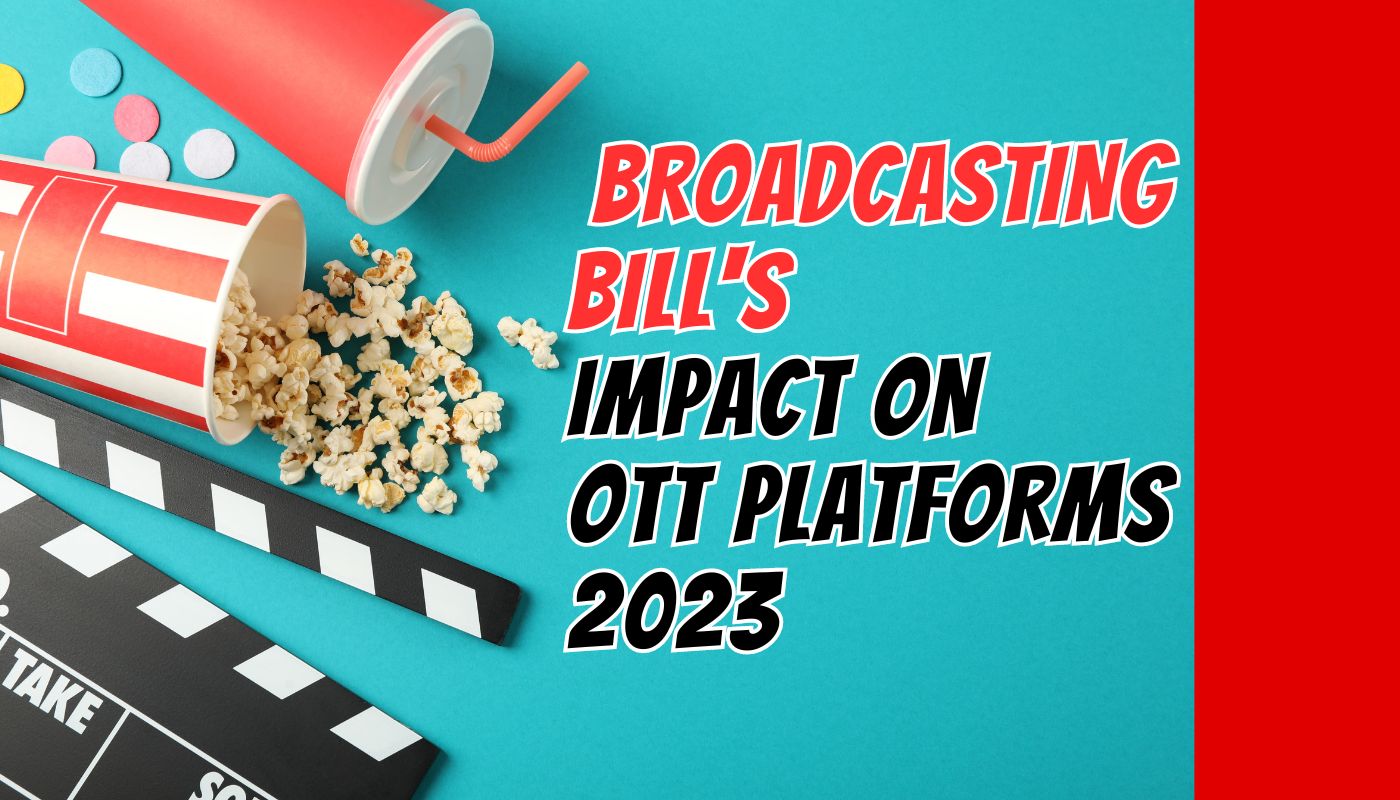MUMBAI: Corporatisation has set the cash registers ringing for the Indian film fraternity. As newer streams of revenues opened up, movies started grossing in the range of Rs 100 – 120 crores, which was unheard of before.
While a couple of years back, it took almost 15 films to rake in a total of Rs 100 – 120 crores in collections, last year saw an Om Shanti Om being snapped up for a staggering Rs 70 cores. While it left many in the industry agape, there’s no denying the fact, that it was a smart business move on the producer’s part.
Within the last one year, the dynamics of the business have changed yet again and how! Five films namely Om Shanti Om, Welcome, Race, Singh is Kinng and Ghajini were fetched in the range of Rs 60 – 90 crore.
What’s more, films like Kites and London Dreams have an astronomical asking price, which is above the Rs 100 crores mark. The latest to join the league is the Salman Khan starrer Veer, which has an asking price of Rs 150 crores. While it’s difficult to say which movie will beat this, one thing is clear that after box office collections touched the three digit mark, acquisition costs have slowly but steadily crept up there too.
A reason that may have contributed to the high price of London Dreams was the payment made to its old producer Param Jeet Singh. On the other hand, Rakesh Roshan’s Kites is seeking a three digit price as the movie has the potential to be exploited in international markets too.
Nevertheless, one thing is clear that the foremost factor that has potential to take the acquisition price of movies skyrocketing is the star cast. So while Hindi film industry economics are a changing, let’s ponder over whether all this is for real or just hype and hoopla…
An industry professional says, "Kites and London Dreams have been fetched in the range of Rs 100+ crores. From now onwards, in any given year there will be four – five big star cast projects that will command high prices and companies will acquire or produce such movies to balance their movie portfolio."
In the case of films like Om Shanti Om, Welcome, Ghajini and Race, which were acquired at high prices, the cast and crew (read actor, director) were signed for a relatively cheaper fee. Hence the moolah these movies fetched from distributors went as table profits to the producers alone.
However, the stakes are now higher. The mantra seems to be to make hay while the sun shines as the industry becomes bigger in terms of investments and recoveries. The fees of producers, directors and actors alike have multiplied manifold hence making it an expensive proposition to sign talent. It’s no wonder then that film acquisition costs are on the rise and have almost doubled in just one year’s time.
The three digit price that a corporate now acquires a film for entails the cost of production, actor’s fee, (which is generally double the cost of production), director’s fee (which is a little lesser than cost of production), producer’s table profit and P&A (print and advertising) costs.
While there has been a steep rise in movie acquisition prices, does the Indian market support such recoveries? On the one hand, companies can recover most of the cost by selling various rights to others or by distributing the movies themselves. However, only time will tell whether costs are entirely recoverable and which model is more profitable.
"These costs are based on projections and also in anticipation of the industry’s rapid growth. When these big movies release after a year, many new revenue streams will open up and one can hope these costs will be recoverable," says an industry professional on condition of anonymity.
Producer Mukesh Talreja adds, "If one looks at the broader picture, studios have a slate of films and hence they can amortize cost. While handful movies may do well and help in recovering monies, the others may fare averagely and yet some others may bomb."
Most senior professionals feel that the prices floating in the market are so high that it is difficult to succeed in the long run. While there is no shortage of funds, the problem arises due to lack of viability in this price structure.
Is a correction on the cards? Inox vice president programming and distribution Utpal Acharya opines, "A correction is bound to happen at two levels – at the talent level and at the sub-distribution level. Actors like Aamir Khan, Shah Rukh Khan, Akshay Kumar are turning producers and demanding a share in IPR. As time passes, their indent towards production is bound to be more than acting. This will therefore reduce the outlay towards their fees and simultaneously the emerging new talent will charge affordable prices, hence costs will go down. On the other hand, at the sub- distribution level, individual buyers will find it difficult to compete with unaffordable prices. Therefore corporates will either open their own distribution offices or align with strong local distributors on partnership, JV or commission basis. Ultimately, as a result of this, the major risk and profit will remain with the main buyer or producer."
Now that the gross business and acquisitions costs of movies have touched the three digit mark, is it likely that the cost of production (excluding actor and director fees) is also slated to fall in that bracket? "The time is still far away when a movie’s production cost hits a three digit mark in India. Moreover, it doesn’t make sense to make expensive movies for the sake of it, without having sensible content to substantiate it," says White Feather Films managing director Sanjay Gupta.
Keeping the current scenario in mind, it will be interesting to watch how various film companies recover investments in these films and the areas that will reel under the ripple effects of high costs.



